In the realm of power tools, reciprocating saws stand out as versatile workhorses, effortlessly tackling a myriad of cutting tasks.
What is a Reciprocating Saw?
A reciprocating saw also known as a recip saw or sawzall, is a robust tool that plays a crucial role. The saw's blade uses a back-and-forth or reciprocating motion to create a cutting action that is fast and efficient. The saw's handle and blade are attached to a motor, which powers the blade's motion.
This tool is incredibly versatile, capable of performing various tasks, from demolishing walls to trimming tree branches. Both professionals and DIY enthusiasts appreciate its power, accuracy, and user-friendly design. The reciprocating saw's knack for maneuvering through tight spaces and handling different materials makes it invaluable on construction sites, in workshops, and for home improvement projects.
Corded vs. Cordless Reciprocating Saws
The advent of battery technology has revolutionized power tools, and cordless reciprocating saws are a prime example of this innovation. Offering unparalleled portability, cordless saws free users from the constraints of electrical outlets. Powered by rechargeable batteries, they are the go-to choice for projects in remote locations or areas without a power supply. The convenience of movement without tangled cords makes them a preferred option for professionals on construction sites or enthusiasts tackling projects around the house.
On the other end of the spectrum, corded reciprocating saws boast unwavering power. With a continuous and reliable energy source, these saws are favored for tasks that demand sustained performance. Renowned for their ability to handle heavy-duty cutting applications, corded reciprocating saws are the choice of professionals working on demanding projects that require prolonged tool use. While tethered to an electrical outlet, their consistent power output ensures efficiency and precision.
Choosing the Right Reciprocating Saw
Power Source: Decide whether you prefer a corded or cordless saw based on the job's location and preference.
Blade Size: Consider the blade size based on the material you will be cutting. Smaller blades are ideal for cutting through wood, while larger blades are better for cutting through metal or concrete.
Orbit vs. Straight: Decide whether you prefer an orbiting or straight blade. Orbiting blades offer a smoother cut, while straight blades provide a more aggressive cut.
Vibration Reduction: Look for saws with vibration reduction technology to reduce fatigue and improve accuracy.
Safety Features: Choose a saw with safety features, such as a blade guard, to prevent accidental injury.
Equally crucial to the performance of a reciprocating saw is selecting the right blades for your specific cutting needs. Reciprocating saw blades come in various sizes and designs, each tailored for specific materials and cutting applications.
For instance, if you frequently work with wood, opting for blades designed for wood cutting ensures precision and efficiency. On the other hand, if your projects involve cutting through metal or concrete, selecting reciprocating saw blades with the appropriate teeth and durability is paramount for achieving optimal results.









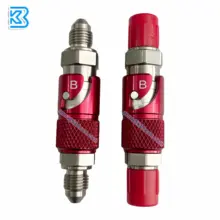
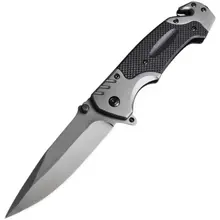
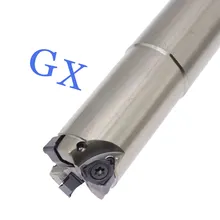
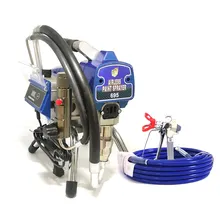
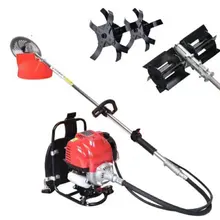



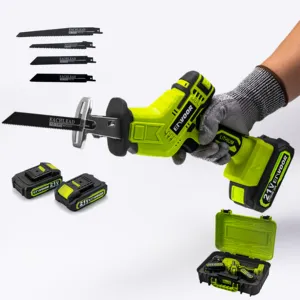
























 浙公网安备 33010002000092号
浙公网安备 33010002000092号 浙B2-20120091-4
浙B2-20120091-4